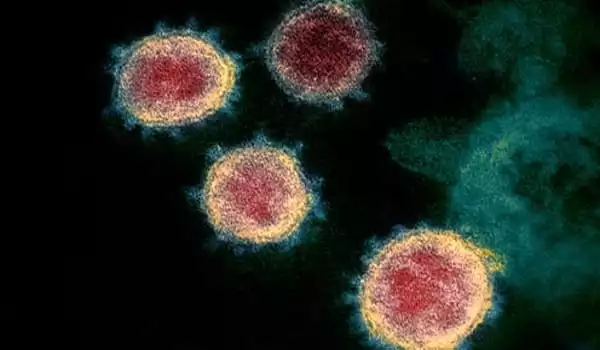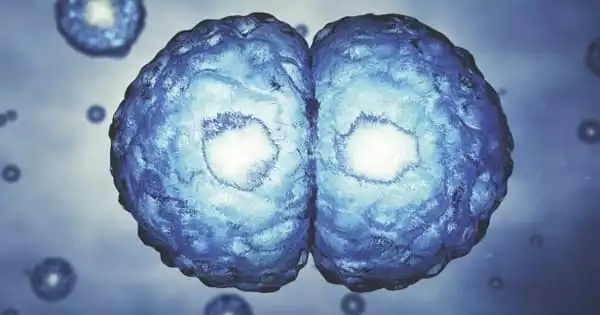Errors in DNA copying during cell division and development can result in new mutations known as de novo mutations at any time after conception. Mutations in the germline, the cells that develop into sperm or eggs, can be passed on to the next generation and, in some cases, cause disease in children.
Mutant mice were used by researchers to study how the accumulation of genetic errors is managed during egg and sperm formation. Sometimes the best way to understand a biological process is to disrupt it and then analyze the outcome.
That’s why Sloan Kettering Institute (SKI) researchers used a mutant mouse strain to learn more about the process of meiosis, which produces eggs and sperm (also known as germ cells). The researchers discovered how breaks in DNA can result in unexpected types of harmful mutations. Understanding how mutations occur in germ cells is critical because they can lead to miscarriages and genetic diseases. The findings were published in Cell.
“This research has allowed us to learn more about meiosis at the molecular level,” says first author Agnieszka Lukaszewicz, a senior research scientist in Maria Jasin’s lab at SKI’s Developmental Biology Program. “We now understand what happens when something goes wrong.”
During meiosis, there are already a large number of double-strand breaks. The important finding here is that if there are too many double-strand breaks, they may not be repaired properly, resulting in potentially severe mutations that can be passed down to offspring.
Agnieszka Lukaszewicz
Managing DNA Breaks to Prevent Errors
Children inherit an equal amount of genetic material from each parent due to meiosis. However, each sperm or egg cell only contains half of the parent’s DNA. After an egg is fertilized, the two halves fuse to form an embryo with a complete set of chromosomes.
When both strands of DNA break in the same place during meiosis, they are repaired by a process known as recombination. During the normal formation of egg and sperm cells, approximately 300 of these double-strand breaks occur throughout the genome. The breaks allow the parents’ DNA to be halved while also causing genetic variation in the offspring.
“During meiosis, there are already a large number of double-strand breaks,” says Dr. Jasin, the study’s senior author. “The important finding here is that if there are too many double-strand breaks, they may not be repaired properly, resulting in potentially severe mutations that can be passed down to offspring.”

An Accumulation of Damage
The team concentrated on male mice lacking a gene known as ATM in the new study. ATM mutations are linked to cancer because they prevent cells from recognizing that their DNA has been damaged, allowing many more mutations to accumulate.
In this case, mice lacking ATM had germ cells with more than ten times the number of double-strand breaks in their DNA than would occur during normal meiosis. The team then investigated how the breaks were repaired or, more likely, misrepaired.
Double-strand breaks in DNA that occur during meiosis are usually repaired by homologous recombination, a process in which the damaged DNA locates the matching genetic sequence and joins the two sequences. This aids in dividing the content of the chromosomes. However, in the case of the missing ATM mice, breaks were discovered to be repaired using a different, less accurate method. The broken DNA ends are simply stitched back together in this process, known as nonhomologous end joining. Because there are so many more breaks to begin with when ATM is absent, DNA ends from two breaks may be stitched together. As a result, errors such as deletions and duplications of genetic material occur.
“There has been a lot of meiosis research done in yeast, where homologous recombination is the dominant repair process,” Dr. Jasin says. “However, mice – and humans – frequently use nonhomologous means to repair broken DNA.” The researchers were able to learn more about the consequences of these extra breaks by studying this process in mice with a genetic defect that causes abnormally high DNA breaks in meiosis.
Each of the study’s investigators, including Dr. Jasin’s long-term collaborator in meiosis research, Scott Keeney of SKI’s Molecular Biology Program, emphasizes that more research is needed because loss of one copy of the ATM gene is not uncommon in human populations. It remains to be seen whether this will result in a higher rate of mutation.
Understanding how deletions and duplications of genetic material occur is important because these errors can lead to miscarriage if they occur within genes required for healthy development. If the errors occur in genes that are not required but are still important, they can cause harm, including genetic diseases.
In the grand scheme of things, the findings have implications for explaining how genetic changes evolve over many generations, because mutations in nonessential genes, as well as noncoding DNA regions containing regulatory elements, shape a person’s genetic makeup.





